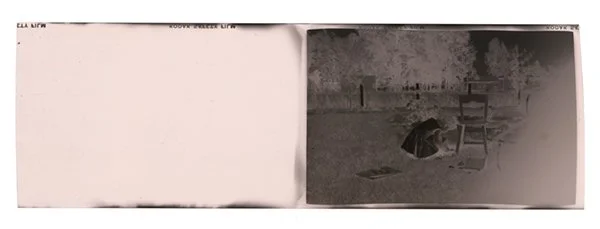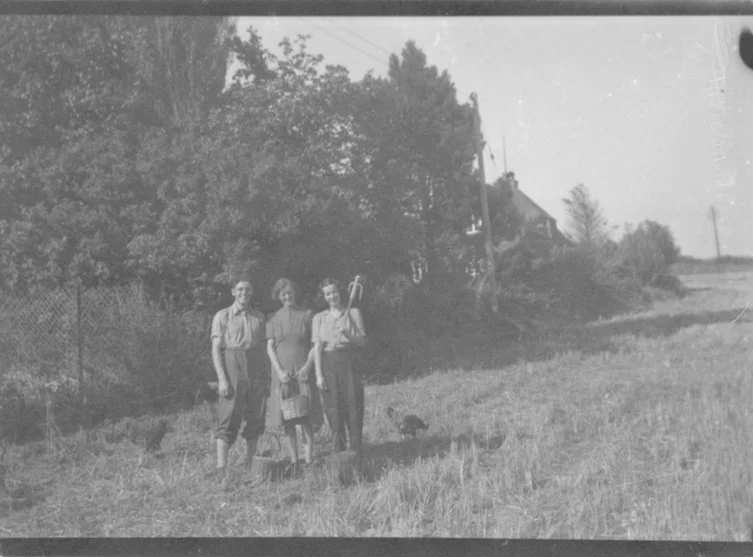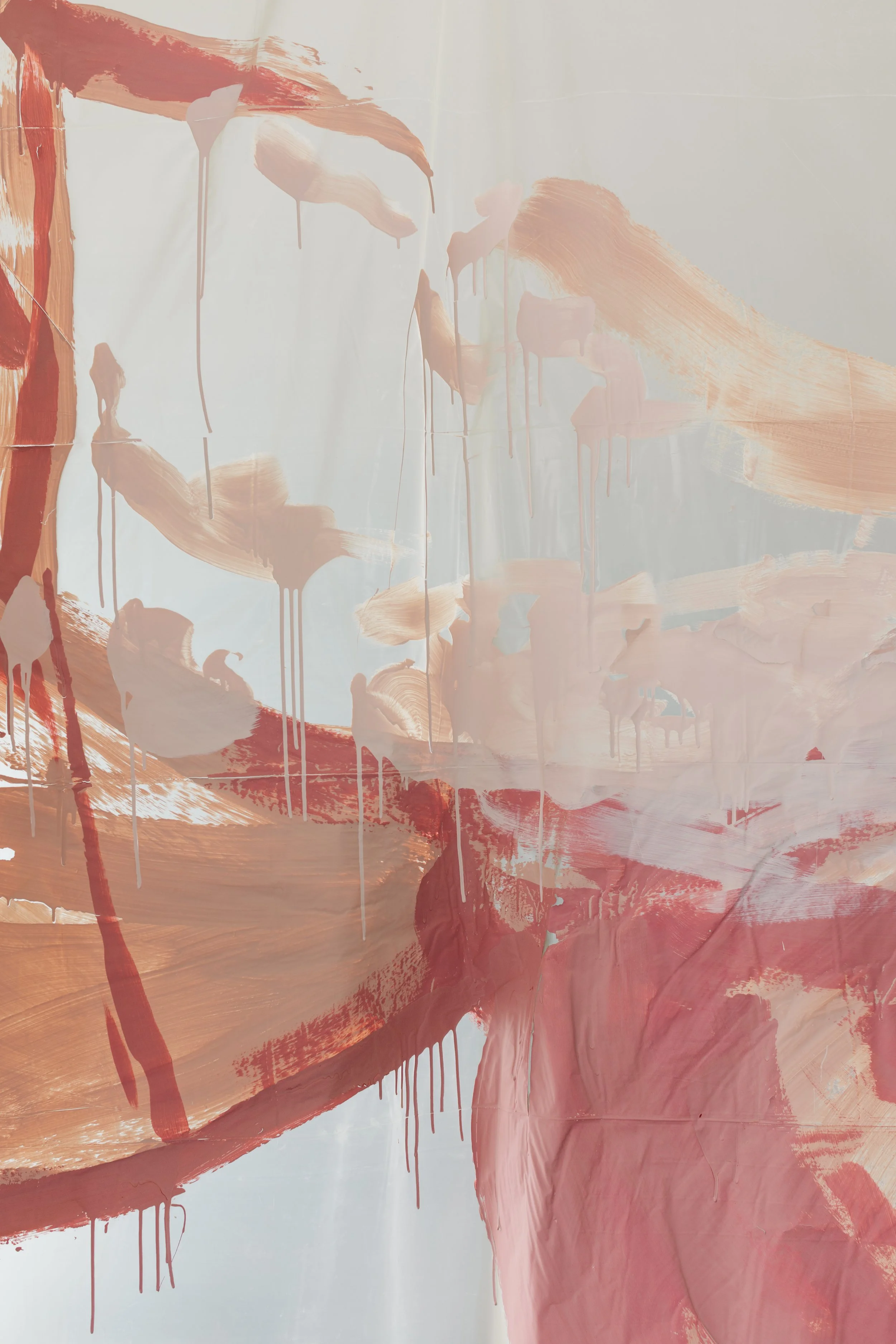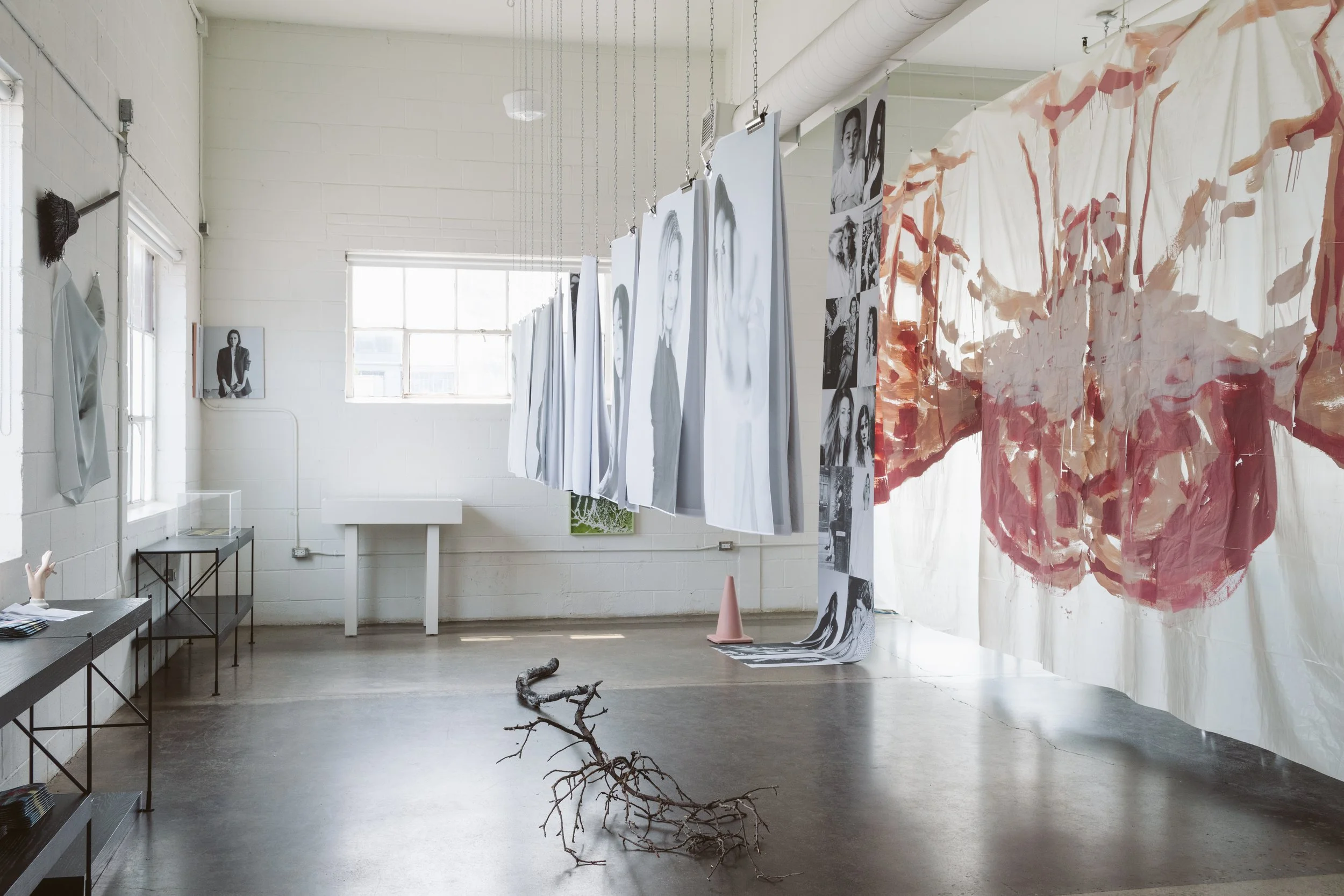On view from June 18 to August 2nd 2025 at The Image Centre.
Commissioned essay by Tatum Dooley to accompany the exhibition:
If a negative is a seed, a photograph is a garden
For the last three years, I have tried in vain to grow a garden. Year after year, the only thing I have achieved is wildness. Where a respectful patch of tiger lilies once grew is now overrun with weeds, the lavender is dried up, and the terracotta pots are disintegrating after being forgotten outside all winter.
Still, I dream of a garden. A place to grow things. I’m pulled towards the hope of cultivating a self-sustaining organism that exists beyond myself.
Rebecca Wood has grown a garden. Not a stereotypical one with dirt and weeds and flowers. But a garden in the form of an art exhibition. As Olivia Laing writes in Funny Weather: “Is art resistance? Can you plant a garden to stop a war? It depends how you think about time. It depends what you think a seed does, if it’s tossed into fertile soil. But it seems to me that whatever else you do, it’s worth tending to paradise, however you define it and wherever it arises.”
In On Being Despised, Wood’s thesis exhibition at The Image Centre at Toronto Metropolitan University, these questions are approached through archival conversations with the past. This takes the form of both photographic materials from Wood’s grandmother’s photographs taken in Lewes, Sussex, England, as well as the 1938 text by Virginia Woolf titled Three Guineas, written at her nearby cottage, Monk’s House. A triad conversation forms between women across generations and geography, connected by the same relentless relationships to war, labour, and the needlessly confining cultural ideas of gender.
Throughout the exhibition, forms are seen crouching in the garden. I’m reminded of the film by French filmmaker Agnès Varda, The Gleaners and I (2000). The familiar position of bending down to glean material from the earth is seen in Wood’s photographs Denied an education, father bought her a spade and In the Garden After the War. Varda observes the age-old practice of bending down to collect materials from the ground, referred to as glâneurs. “It’s always the same humble gesture,” says Varda.
This physical gesture of collection is a universal symbol of labour and care. This act is not dissimilar to what artists do; Varda considered her own documentary style a contemporary act of gleaning. In Wood’s exhibition, the collection of archival images connected to the pastis similarly rooted in a return to personal and collective monuments.
What can we glean from the past? In the form of film negatives, Wood visually expresses what can be and cannot be known. “The photographic negative presents itself as a metaphor for negation, void and what was left out,” writes Wood. Like a seed is the origin of a plant, a negative is the origin of the photograph from which all future prints exist. Within it, forgotten histories lie.
Wood converses with the past through negatives. It’s difficult to tell which images are archival and which images Wood took during recent trips to Bloomsbury gardens at Monk’s House, Charleston Farmhouse, and Sissinghurst Castle Garden. A negative erases evidence of time in its seed-like form.
To further the idea of a figurative garden being cultivated, Wood uses natural solutions when developing negatives and prints in the darkroom, including homegrown rosemary, mint and sage. By opting for organic compounds instead of chemical ones, Wood is introducing chance into the process, a move away from conformity and towards something more fluid. This, too, is a metaphor.
A negative cannot reveal the future: the success of the garden in the years to come, the fate of the subject, or the emotions evoked upon seeing the printed image. Wood draws on Woolf's writing to fill in the blanks of history, creating a theoretical foundation for the exhibition that pushes against dominant cultures of rigid structures and war, and communicates this through collage.
Wood subverts the romantic ideal of a garden, dismantling it and pulling it apart. It no longer matters if the garden is overrun with weeds or crumbling; the act of tending asserts its existence. On Being Despised depicts a living organism that lives outside any rigid confines. Wood has created a garden from gleaning.
Alchemical Afternoon
And We Become, 2020.
Alternative wedding showcase for the creative couple.
you are a part of me / i am a part of you
Installation view: The Artist Project, Toronto, ON
ABOUT:
Photographers Brett Carlson (american) + Rebecca Wood (canadian) collaborated in creating a moving portrait installed as part of an annual show in Toronto, Canada: the Artist Project. Wood’s black & white larger than life portraits were pasted to the gallery wall with a looped projection created using footage captured by both artists.
Two different printed postcards were available for visitors of the show to take home:
What’s mine is yours / What’s yours is mine
Installation view: Hue Knew, Group Exhibition, Milk Glass Gallery, Toronto, ON
ABOUT:
Photograph printed on naturally hand-dyed cotton. The only limitations given for the show was to incorporate the colour pink. Wood used purple beets in a natural dying process using a locally sourced recycled cotton bedsheet which she cut to size.



























